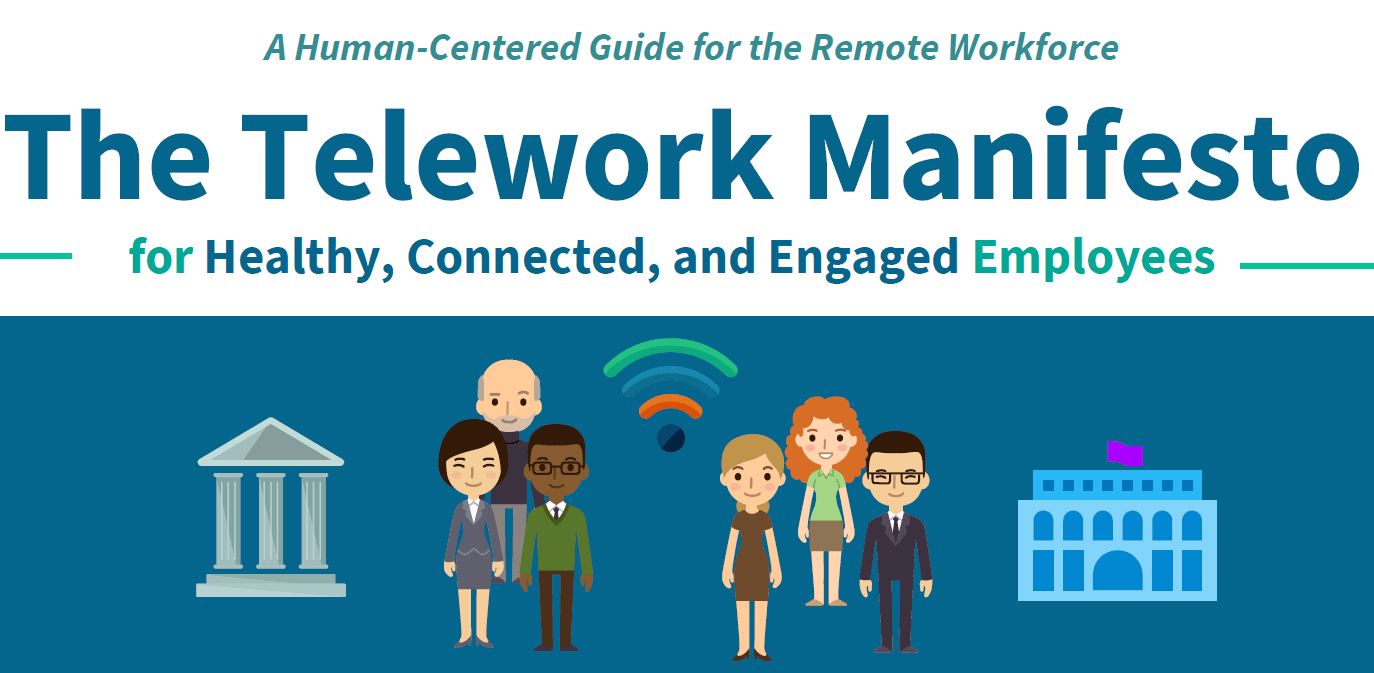5 Critical Tips to Successfully Lead Teams in a Hybrid Workplace

As businesses anticipate a return to some pre-pandemic work behaviors, organizational leaders are preparing for a “new normal” with a hybrid workforce.
During the COVID-19 pandemic, many knowledge workers developed skills and preferences for effective remote work and have now come to expect a “work from anywhere” approach from their companies. Employers that effectively manage a hybrid arrangement can expect to thrive. However, businesses that are not prepared or demand a return to fully in-person work can expect challenges with recruiting and retention, as the most desirable workers seek location-agnostic opportunities that are fully supported by technology and culture.
As a team leader, you can leverage a flexible work-anywhere workplace to benefit the organization and foster a positive culture. While each organization will differ depending upon its business model and workforce makeup, we have compiled some guidance for leaders on how to plan for and transition to a hybrid workplace.
- Perform role-based analysis to determine which roles in the organization would benefit directly from face-to-face interaction (and how much) vs. roles that benefit from continued remote work. Provide guidelines that help managers collaborate with employees to decide what is best for the organization and the individual, while allowing for flexibility.
- Plan to manage two cultures – an in-office and a remote culture. Even post-pandemic, virtual work will remain a reality. It is imperative to create a culture that includes all employees.
- Master virtual meetings. With the prevalent use of online meeting platforms like Zoom and Microsoft Teams, the ability to deliver engaging, inclusive events and presentations is essential to the success of a hybrid workforce.
- Schedule frequent face-to-face interactions outside of formal meetings. When organizational leaders feel it is safe to do so, they should plan at least one significant (multi-day) event or a series of smaller (one-day) events with all members of the organization present. Those meetings should include time for both formal and informal face-to-face encounters. The purpose of the meeting is to reconnect and envision future strategy.
- Find a way to balance openness and privacy when designing – or redesigning – the office setup. Incorporate design elements that enable social interactions, as well as individual focused work.
Want more insights into preparing for the hybrid workplace? Download our free white paper: “Do’s and Don’ts for Leaders When Preparing for a Hybrid Workplace”






